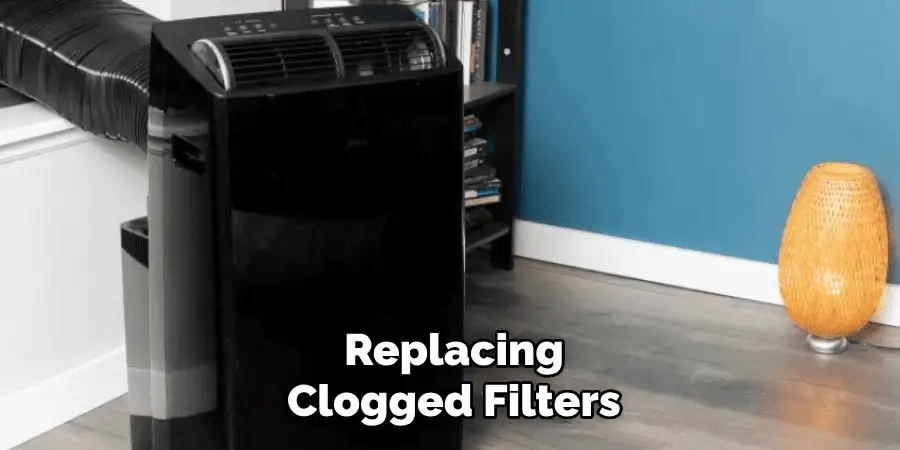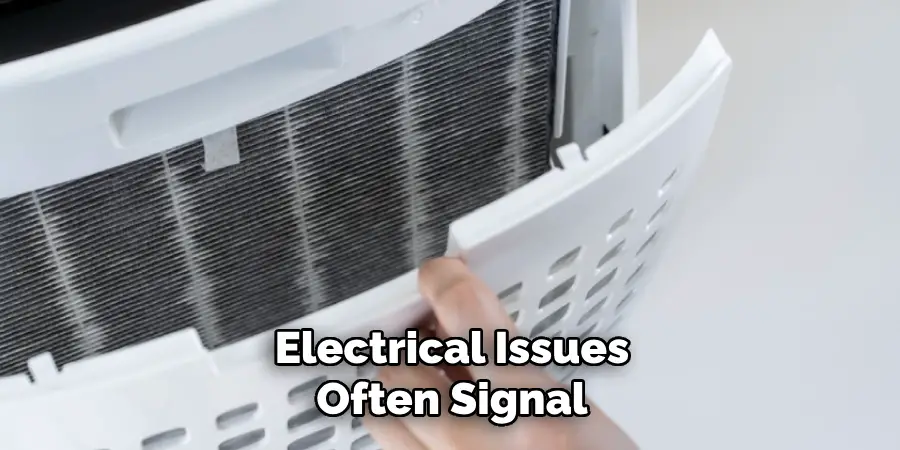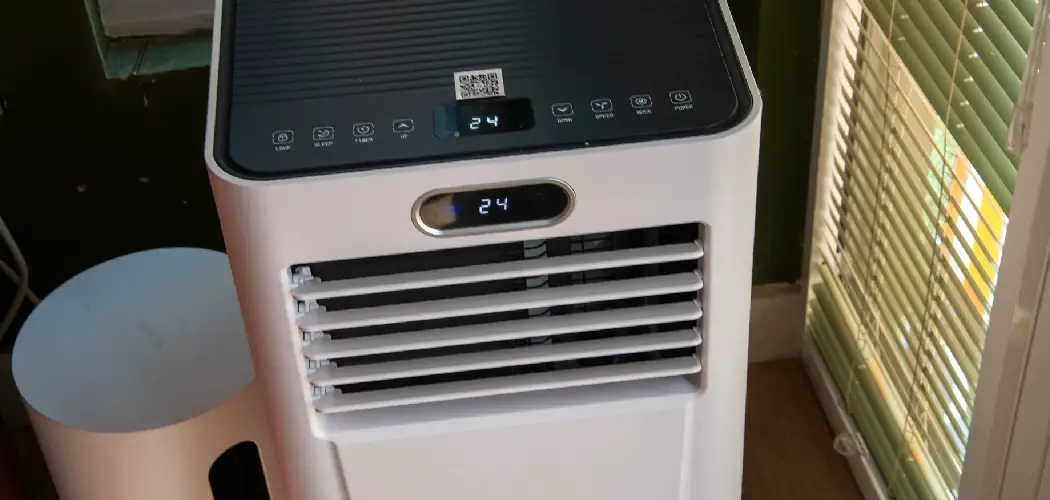Portable air conditioners are highly regarded as convenient cooling solutions, particularly during hot summer months, offering flexibility and ease of installation. However, despite their benefits, one of the most common complaints is the noise they produce, which can disrupt comfort and interfere with sleep.

This persistent issue can transform the soothing hum of a cooling device into an unwelcome disturbance in your living space. Many users struggle with understanding the root causes of the noise and finding effective ways to mitigate it. This article aims to explore the common sources of noise in portable air conditioners and provide straightforward guidance on how to fix a noisy portable air conditioner. By identifying specific issues and offering workable solutions, our goal is to help users restore tranquility and comfort to their environment through informed maintenance and timely repairs.
Understanding Common Causes of Noise in Portable Air Conditioners
Understanding the root causes of noise in portable air conditioners is crucial for addressing and mitigating the problem. Mechanical Issues are often at the heart of loud operational disturbances. Over time, internal components such as fans or motors can become loose or sustain damage. These mechanical parts, if not secured or aligned properly, can generate rattling or grinding noises. Additionally, older units may exhibit signs of wear and tear, leading to persistent hums or buzzing sounds. Regularly checking these components can help identify and resolve these noise issues before they escalate.
Operational Issues can also significantly contribute to the noise. Improper placement, such as setting the unit on an uneven surface, can cause vibrations that amplify noise. This can be exacerbated by the absence of anti-vibration pads or mats, which are designed to stabilize and reduce such movements. Furthermore, incorrect usage is a common culprit, including overloading the unit or allowing airflow to become blocked. These operational inefficiencies often strain the system, leading to unusual sounds and reduced overall performance. Ensuring the air conditioner is used correctly and positioned securely can help maintain a quieter and more efficient cooling experience.
Inspecting and Diagnosing the Noise
Identifying the Type of Noise
When diagnosing noise in portable air conditioners, distinguishing the type of sound is key. Common sounds include rattling, which may indicate loose screws or panels, humming that could suggest motor strain, buzzing often linked to electrical issues, and whirring, usually caused by fan complications. By associating specific noises with potential underlying issues, users can focus their inspection on that part, making identifying and addressing the root cause easier.
Conducting a Basic Inspection
Conducting a basic inspection involves a systematic approach. Start by examining the exterior for loose panels and screws. Check visible internal parts, such as fans and coils, without disassembling. For a more thorough inspection, safely disassemble the covers by following the user manual, ensuring the unit is off and unplugged to prevent accidents. A flashlight and a small set of tools will assist in identifying and rectifying any visible issues within the interior.

How to Fix a Noisy Portable Air Conditioner: Fixing Mechanical Issues
Tightening Loose Components
When dealing with mechanical noise in portable air conditioners, one of the easiest fixes is to check for loose components. Start by ensuring the unit is powered off and unplugged. Carefully examine all exterior screws, panels, and mounts; a common source of rattling noises is a loose panel. Use a screwdriver to gently tighten any loose screws, being cautious not to over-tighten as this could cause stripping or damage. Properly secure any panels and brackets that seem even slightly loose.
To assist in this task, a basic toolkit consisting of a Phillips and flathead screwdriver, a flashlight, and possibly a wrench will suffice. It’s important to exercise caution and avoid tightening beyond what’s necessary; over-tightening can lead to cracked casings or stripped screw holes, compounding the issue rather than resolving it.
Repairing or Replacing the Fan
A noisy fan is often a central culprit in mechanical disturbances within a portable air conditioner. To address this, first, unplug the unit and refer to the user manual for instructions on accessing the fan. Typically, this will involve removing the housing that encases the unit. Once accessible, check the fan blades for any debris or buildup and clean them with a soft cloth or gentle brush. If the noise persists after cleaning, inspect the blades for any signs of damage or imbalance, which might require realignment or replacement.

In the case that damaged blades or motor parts are evident, replacement might be necessary. Consult the manufacturer’s guidelines to ensure the proper parts are acquired and installed. Replacing blades or a fan motor can dramatically reduce noise levels and restore the unit’s proper function.
Addressing Motor Noise
A humming or buzzing motor often signals a need for maintenance within a portable air conditioner. Begin by ensuring the unit is unplugged to prevent any electrical hazards. Access the motor by carefully removing the necessary panels as outlined in the manufacturer’s guide. Visually inspect the motor for any obvious signs of damage or excessive wear. Lubricating the motor parts can often alleviate persistent noise; apply a few drops of mechanical oil to the bearings and other moving components to reduce friction.
If the motor’s noise does not diminish after lubrication, this could indicate a deeper fault requiring replacement. Identifying a faulty motor often involves listening for harsh buzzing or unusual vibration; in such cases, replacing the motor might be imperative to restore optimal operation. Always refer to professional guidelines or consult a repair technician if the issue escalates beyond simple troubleshooting steps.
Resolving Operational and Placement Issues
Correcting Placement
Ensuring the portable air conditioner is placed on a stable and level surface is crucial for minimizing operational noise. An uneven surface can induce vibrations that amplify sounds, resulting in a louder and less efficient system. To further mitigate these vibrations, consider using anti-vibration pads or mats beneath the unit. These accessories are designed to absorb movement and significantly reduce noise levels. Proper placement not only enhances the unit’s performance but also prolongs its lifespan by preventing unnecessary mechanical strain caused by an unstable foundation.
Improving Airflow and Ventilation
Effective airflow and ventilation are vital for the optimal performance of a portable air conditioner. One essential maintenance tip is regularly cleaning or replacing clogged filters, as dirty filters can hinder airflow and force the system to work harder, increasing noise and reduced efficiency. Ensure that vents are not obstructed by furniture, curtains, or other objects, as this can create a bottleneck for airflow, further straining the unit. Maintaining clear and unobstructed vents can enhance the system’s efficiency and longevity, keeping the air cooler and the operation quieter.

Preventing Future Noise Problems
Regular Maintenance
Establishing a regular maintenance routine is essential to prevent future noise problems in portable air conditioners. Schedule periodic cleaning of filters, vents, and internal components to ensure unrestricted airflow and optimal performance. Clogged filters and vents can increase noise levels and reduce efficiency, making regular upkeep crucial. Beyond self-maintenance, periodic professional servicing is important for extending the unit’s lifespan. A technician can identify and address deeper mechanical issues that may not be visible during routine inspections, ensuring the air conditioner continues to run smoothly and quietly.
Proper Usage and Storage
Proper usage and storage of your portable air conditioner can significantly influence its noise levels over time. Always adhere to the manufacturer’s guidelines to avoid overloading or improper operation, ensuring the unit is not subjected to excessive strain. Misuse can quickly lead to mechanical wear and unnecessary noise issues. When the air conditioner is not in use, particularly during the off-season, store it in a safe, dry place to prevent any physical damage or dust accumulation. By following correct usage practices and securely storing the unit, you can maintain its efficiency and minimize the likelihood of future noise-related problems.
When to Seek Professional Help
Recognizing Complex Issues
Understanding when to call a professional is crucial for resolving more intricate problems in portable air conditioners. Persistent noise despite maintenance, unusual odors, or electrical issues often signal the need for expert intervention. Delaying professional help could lead to increased damage and costly repairs.

Finding Reliable Technicians
Selecting a reputable repair service involves thorough research and verification. Seek recommendations from trusted sources, read online reviews, and verify certifications and experience. A reliable technician will offer guarantees for their work and provide clear cost estimates before commencing any repair or replacement procedures.
Conclusion
To diagnose and fix a noisy portable air conditioner, begin with inspecting fan blades and motor components, ensuring proper placement and ventilation. Regular maintenance like cleaning filters and lubricating moving parts is essential for efficiency and noise reduction. Understanding how to fix a noisy portable air conditioner significantly enhances comfort by preventing future issues. Timely repairs address potential faults before they escalate, saving costs and extending the unit’s life. Embrace proactive practices and prioritize professional help when necessary to maintain a quiet, smoothly running air conditioning system.

